Table of Contents
The Deadlift. The king of all exercises. Learn how to master the deadlift, build a powerful core, avoid injuries, and stay pain free.
The deadlift is one of the purest forms of strength training. It is a classic movement that has stood the test of time. What could be more simple than picking something up and putting it back down again?
Deadlifting has been given a bad rap throughout the years. It has been said that deadlifting causes lower back pain, muscle strains, tears and even debilitating disc problems. The problem, however, doesn’t lie within the exercise itself, but within the poor execution.
It is my mission to change your mind about the deadlift. To convince you that with the proper technique and execution, the deadlift can do more for you than any other exercise out there. This one exercise will help you build stronger bones, better core stability, and activate more muscles than any other movement.
Aside from building plain strength, the deadlift transcends across all platforms of life as well as competition. The execution builds explosive leg power that is required in sports like football, rugby, hockey, and sports that require high intensity sprints. It also aids in endurance sports such as swimming, bicycling, and running.
Are you convinced yet? Good. Now let me show you how it’s done!
The Setup

Start the movement with your feet flat on the floor, about shoulder width apart. Your weight should be evenly distributed throughout your entire foot. I like to think of the foot as a tripod. When I’m distributing my weight, there should be even pressure at the heel, the big toe, and the pinky toe.
The barbell should be placed directly over the middle of the foot, meaning not over the toes and not too close to the ankles.
Now grab the bar with an overhand grip. Your hands should be placed just wider than the width of your stance.
In the starting position of the lift, the knees should be slightly bent. Your butt should be centered between your shoulders and your knees. Most importantly, your back and neck should be neutral. Do not try to arch or round your back or extend your neck upward.
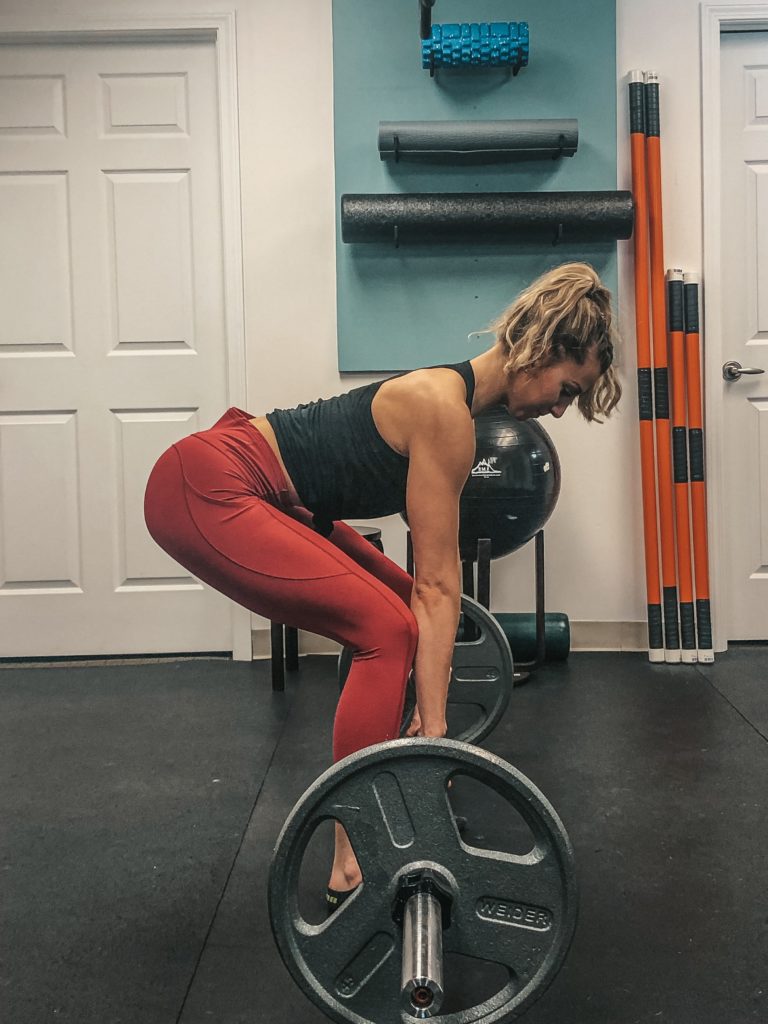
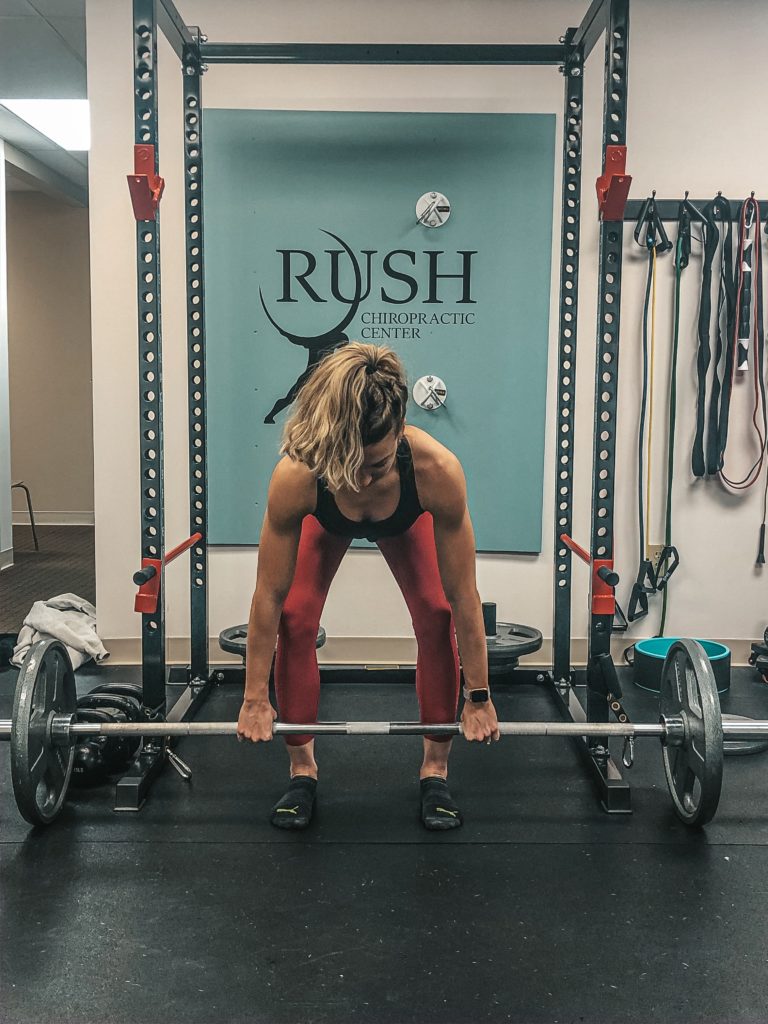
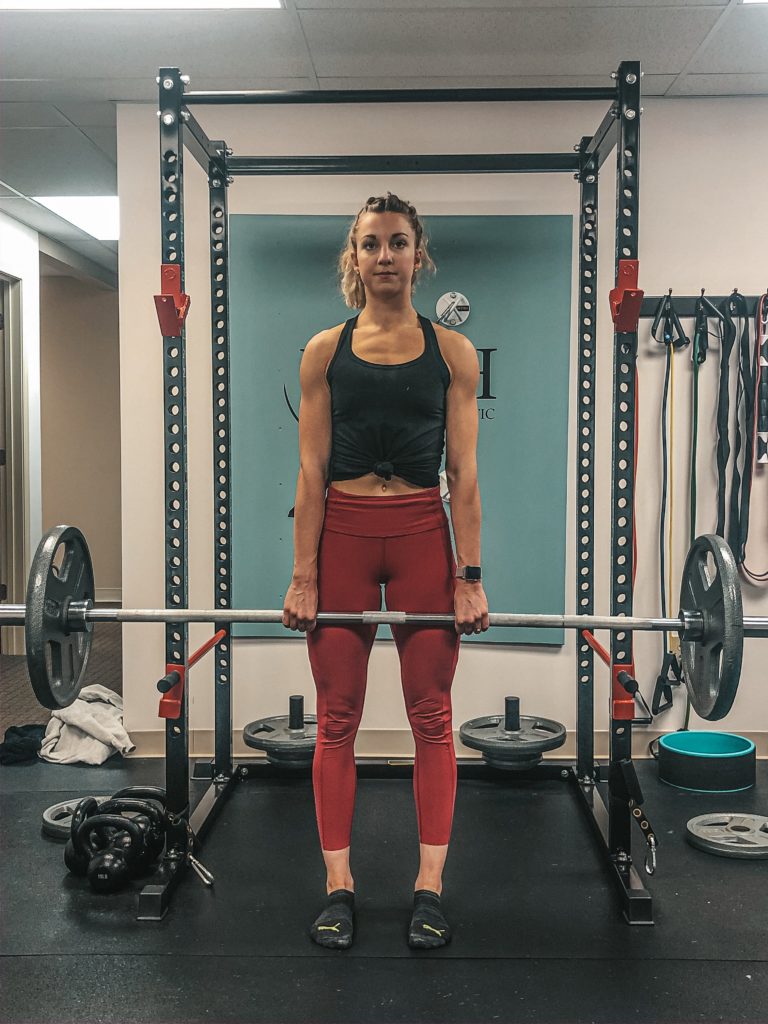
The Lift
There are a few things that must be done before beginning the lift. First, spread the floor apart with your legs and feet in order to activate your glutes. Take a deep breath and brace your core as if someone was going to punch you in the stomach. Next, engage your lats by pretending to squeeze an orange between each of your armpits. Act as if you are trying to put your shoulder blades into your back pocket while at the same time pulling your chest tall. You’re now ready to lift.
To begin the lift, don’t try to lift the bar, instead try to push the floor away from you. Drive through your legs while keeping your spine neutral and your head facing front. Keep your core and lats engaged while driving your hips forward. When finished with the lift, lower the bar to the ground with the same form used to lift it. The decent of the deadlift is not the time to disengage your core or forget about your form.
The Form
Keep these tips in mind to master the deadlift, protect your spine, avoid injury, and gain a balance of strength and stability.
Keep your neck neutral
Remember not to extend your neck to look at the ceiling and not to maintain eye contact with the floor. Look straight ahead with a neutral spine.
Keep a proud chest
Think about keeping your chest high during the entire lift. If your chest isn’t tall, chances are your shoulders are rounded and your spine is flexed.
Maintain a neutral back
Don’t overthink this. Try not to over extend the lower back and certainly don’t round forward into lumbar flexion. These faulty errors can lead to serious injuries that may take weeks or even months to correct.
Don’t forget your shoulders
Keep your shoulder blades back. Think about putting them in your back pocket. Don’t let your shoulders round forward during any part of the lift.
Keep your core braced
Maintain a braced and engaged core through the entire ascent and descent of the lift. Learn how to properly breath with your diaphragm and activate your bodies natural weight belt, i.e. the core.
Think lats
Keep those lats pulled tight and engaged by squeezing the orange between your armpits.
Don’t pull, push
Remember not to focus on pulling, but instead pushing and driving the floor away from you.
Its all in the hips
Hip drive is huge in the deadlift, so the hip-hinge is an essential movement for this exercise. If you cannot hip-hinge properly, you will have major problems executing this lift safely and properly.
The Benefits
Multiple Muscle Recruitment for maximum strength gain
The deadlift recruits more muscles than any other exercise out there. This is why the deadlift is truly the king of all exercises. It offers the most bang for your buck, and in my opinion, if you only have time to do one exercise, the deadlift should be your choice.
- Abdomen
- Back
- Legs
- Arms
- Hips
Improved Posture
The deadlift helps correct poor posture when the proper technique is executed. Proper posture during the deadlift translates into proper posture during day to day life. By keeping a tall chest, pulling your shoulder blades into your back pocket and keeping a neutral spine throughout the movement, you are strengthening the musculature that will naturally correct poor posture problems.
Build Strength That Translates Into Day To Day Life
Deadlifting will train you to perform the most basic function of life properly. Picking things up off the floor is something that we all do everyday. Basic tasks like carrying groceries, moving furniture, or simply picking up items from off the floor are all made easier and safer with deadlift training. Learning to properly execute this movement as well as strengthening the muscles needed to do so will keep you free of pain and injury.
Reduce Pain And Injury
Studies have shown that individuals who deadlift regularly have a reduced risk of injury as well as lower cases of low back pain. The proper use of diaphragmatic breathing and core bracing that is vital to proper deadlift form teaches you how to keep your natural weight belt activated. The more you use this natural weight belt, the stronger it will be and the stronger the belt/core is, the less prone you will be to injury and lower back pain.
The deadlift also trains the glutes, typically under-trained muscles, especially in sedentary individuals. It has been shown that activating and strengthening the gluteal muscles can help to reduce hip and knee pain.
The Variations
Sumo Deadlift
The sumo deadlift involves a much wider foot position. This movement lets the hips, hamstrings and quads pick up the majority of the work involved and the lower back is relieved of some of the work. For most, this allows a larger amount of weight to be lifted. Be sure to start off light and train with the correct form first.
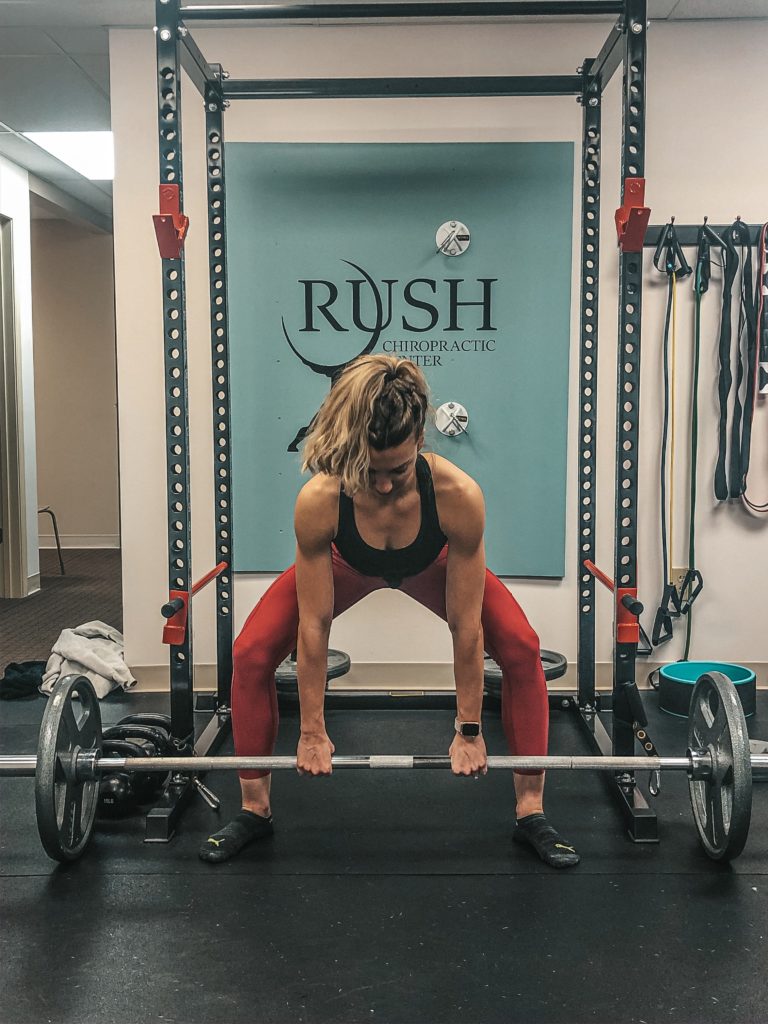
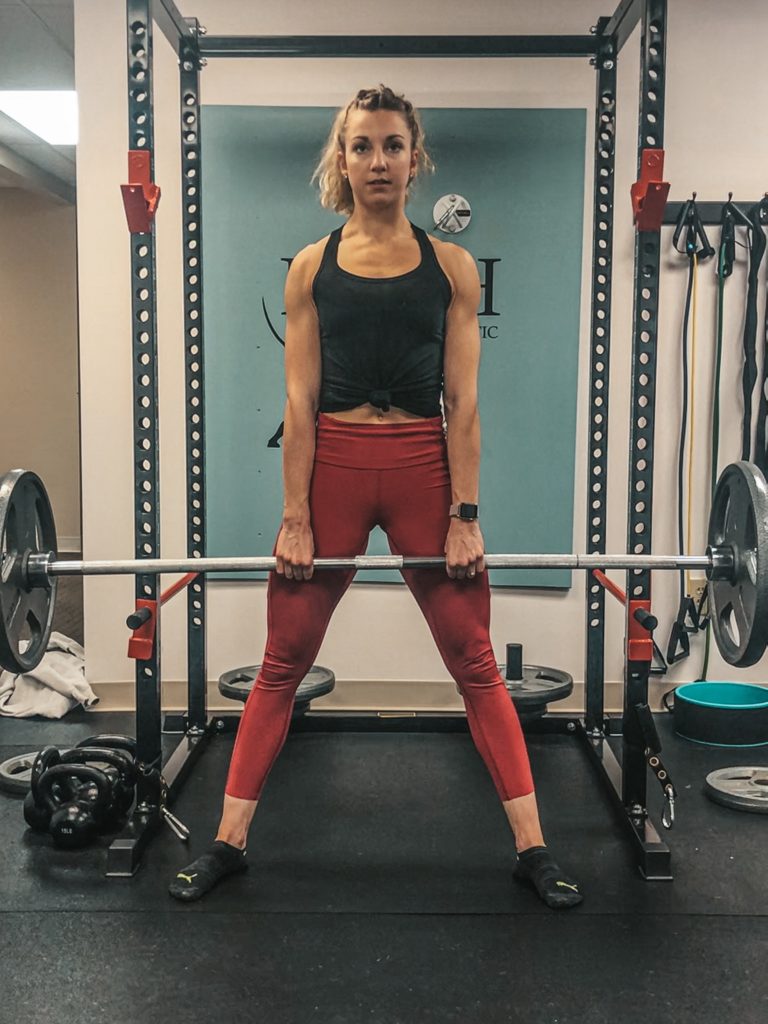
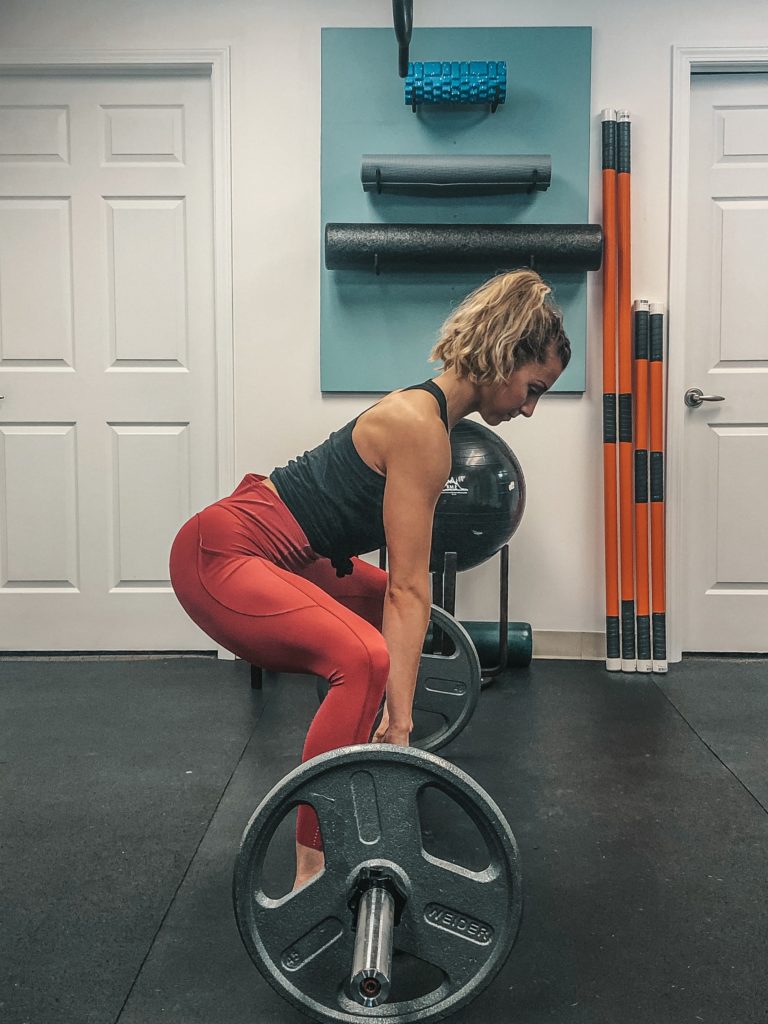
Deficit Deadlift
Deficit deadlifts involve standing on a box, plates, or a platform. This allows the starting position of the lift to be lower than the typical conventional deadlift height. This movement allows for a greater range of motion, for the bar to travel a greater distance, and is much more difficult than the conventional deadlift. Although it is a harder lift, this exercise will build strength and benefit your conventional deadlift greatly.
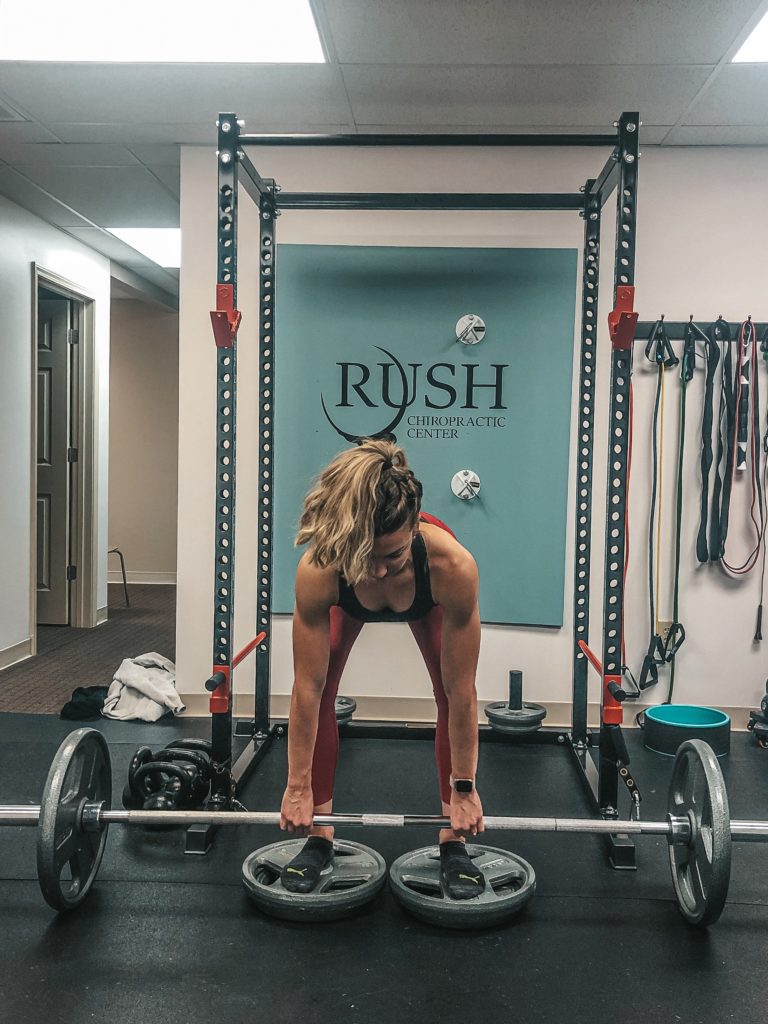
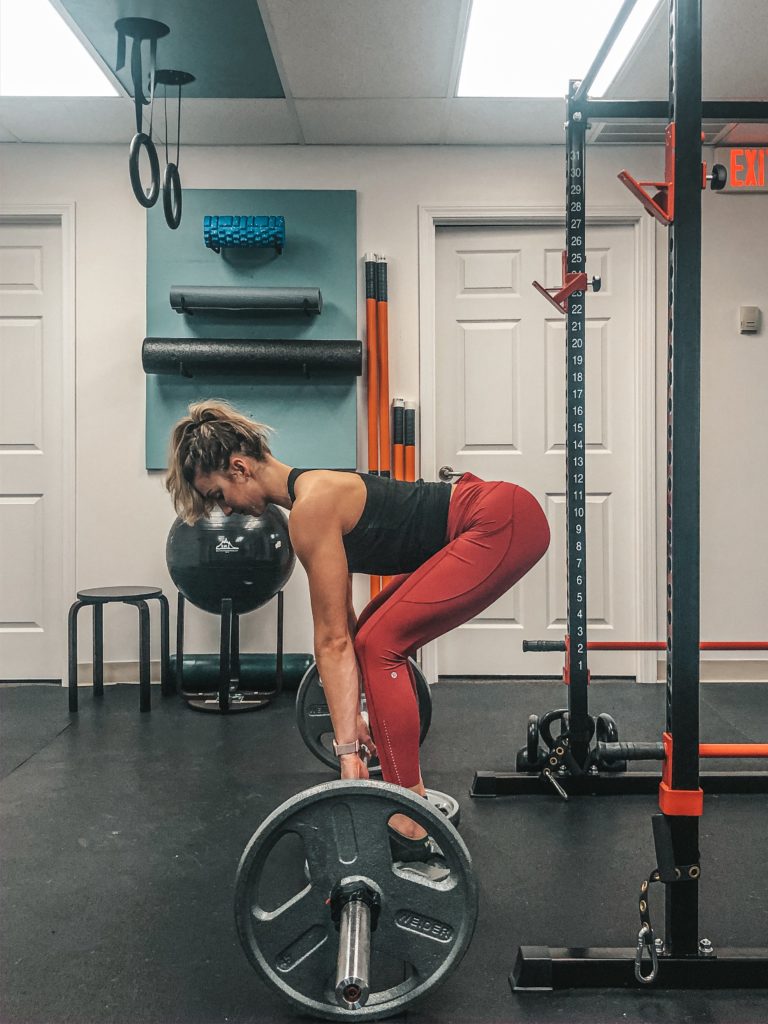
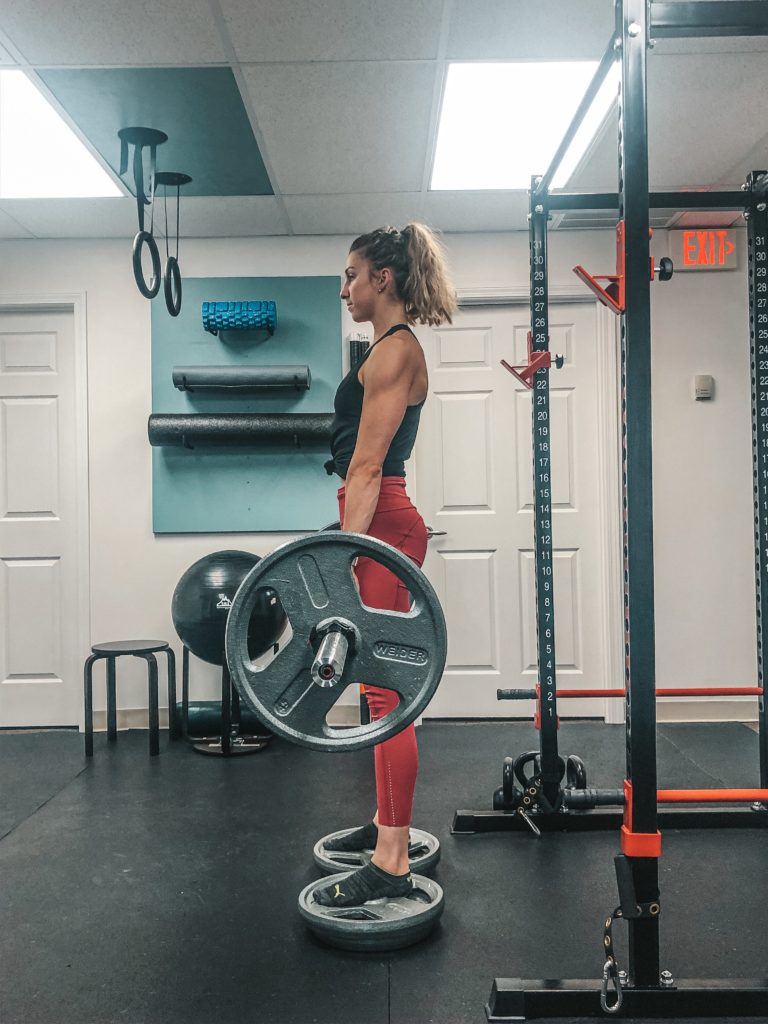
Block Deadlift (Rack Pull)
This is the opposite of a deficit deadlift. In this exercise you will start with the bar in a raised position, either on blocks or raised on a squat rack. Typically, you will be able to lift more weight and challenge the nervous system further. This movement will train the top, lockout, portion of the deadlift.

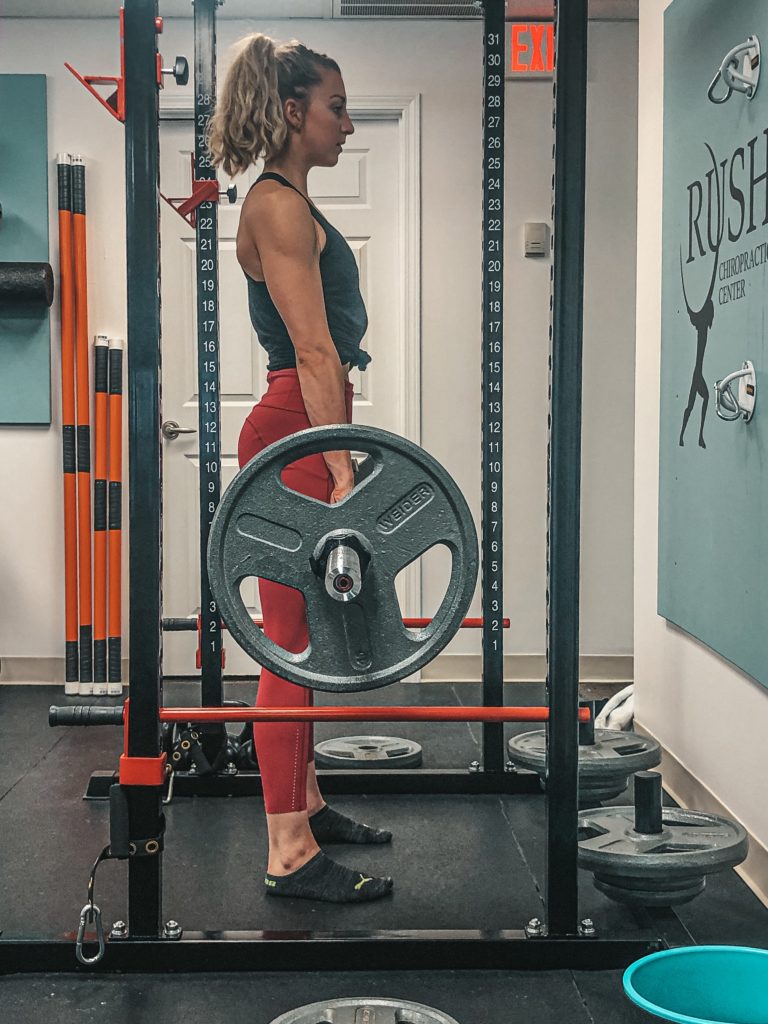
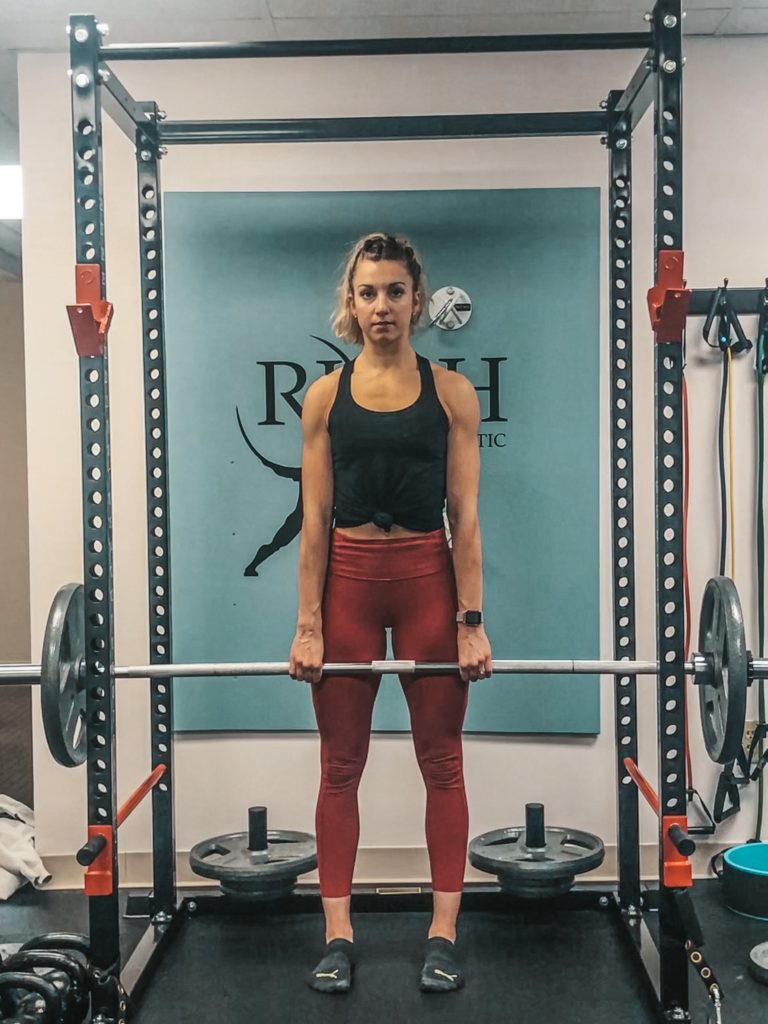
Dumbell Deadlift
Although you will not be able to load much weight with dumbells. The dumbell deadlift is a great training exercise for beginner deadlifters. It is also a quick and easy addition to circuit workouts.
Single Leg Romanian Deadlift
This exercise is a great way to correct muscle imbalances. It is also a great tool for activating the spinal stabilizer muscles that can help eliminate lower back pain as well as protect the spine. This is also a great tool for training balance and proprioception.
Snatch Grip Deadlift
This style of deadlift involves a wider grip which will increase your range of motion similar to a deficit deadlift. It also involves greater recruitment of the back, lat, and trap muscles.



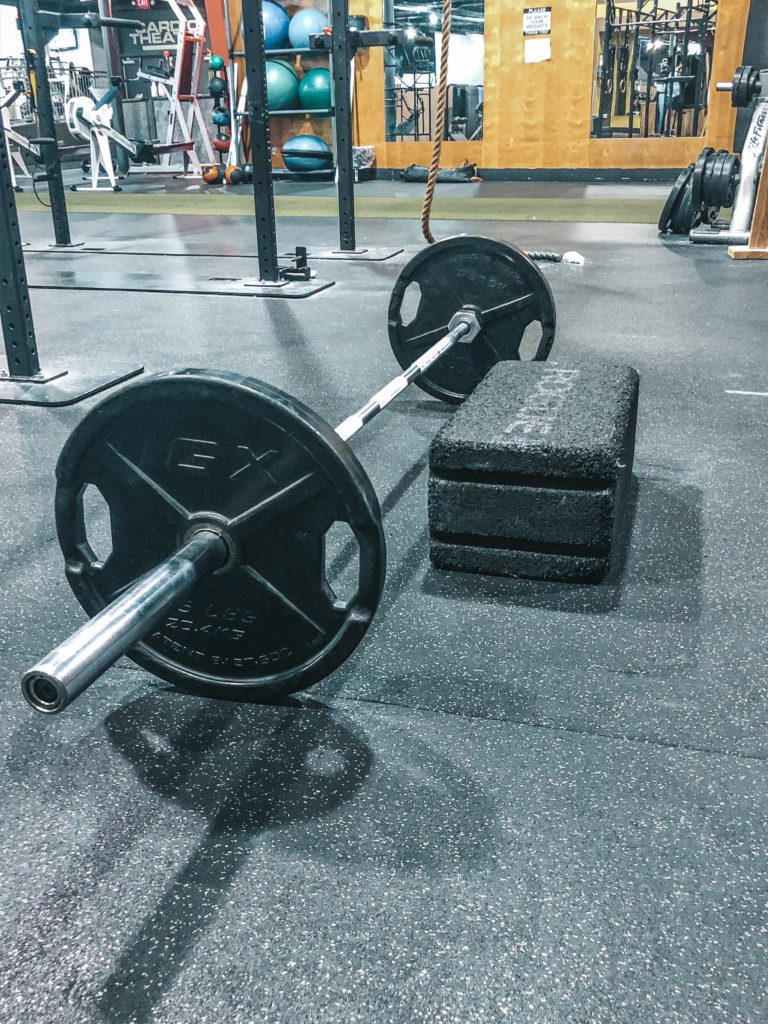
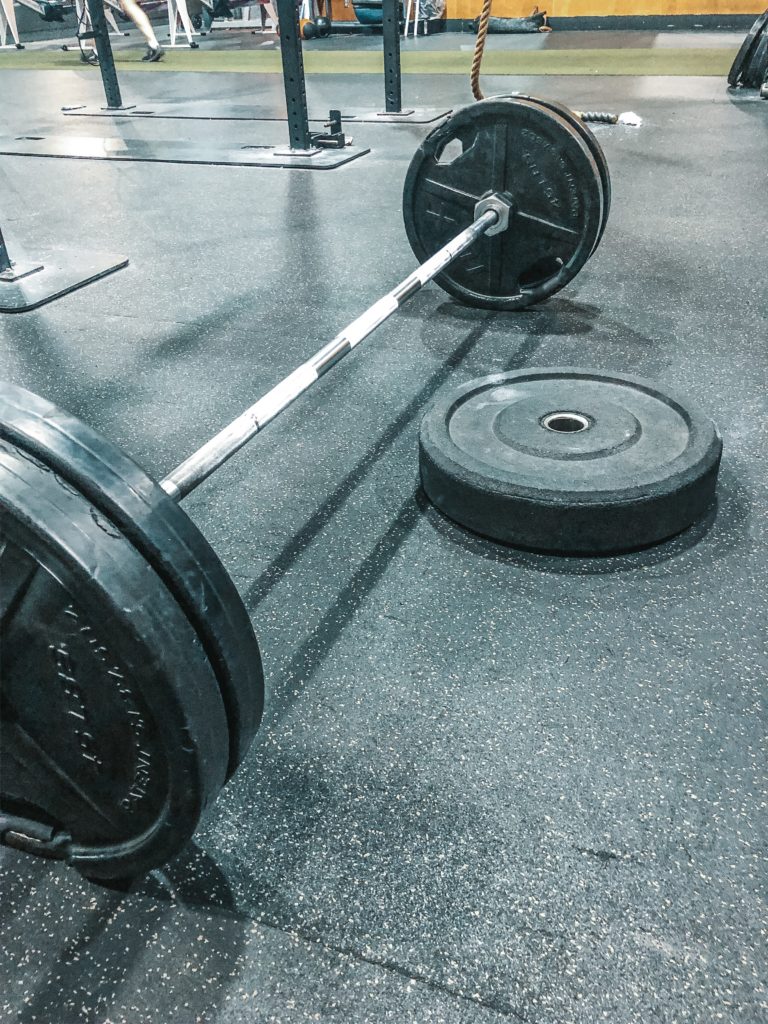
Hex Bar Deadlift (Trap Bar Deadlift)
The hex bar deadlift allows for the weight to be loaded directly at your bodies center of mass instead of in front of you like with the conventional deadlift. This movement should feel more natural as well. The movement is performed with a special bar, called the hex bar.
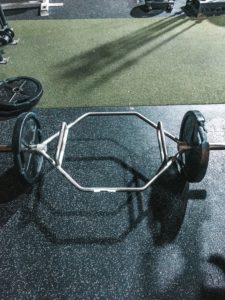
Stiff Leg Deadlift
The stiff leg deadlift is performed exactly how it sounds, with stiff or straight legs (keep a slight bend in your knees to protect them from hyperextending). This exercise recruits the hamstring more than any other deadlift variation. Be sure to keep a neutral spine during this movement as forward flexion is a common mistake.
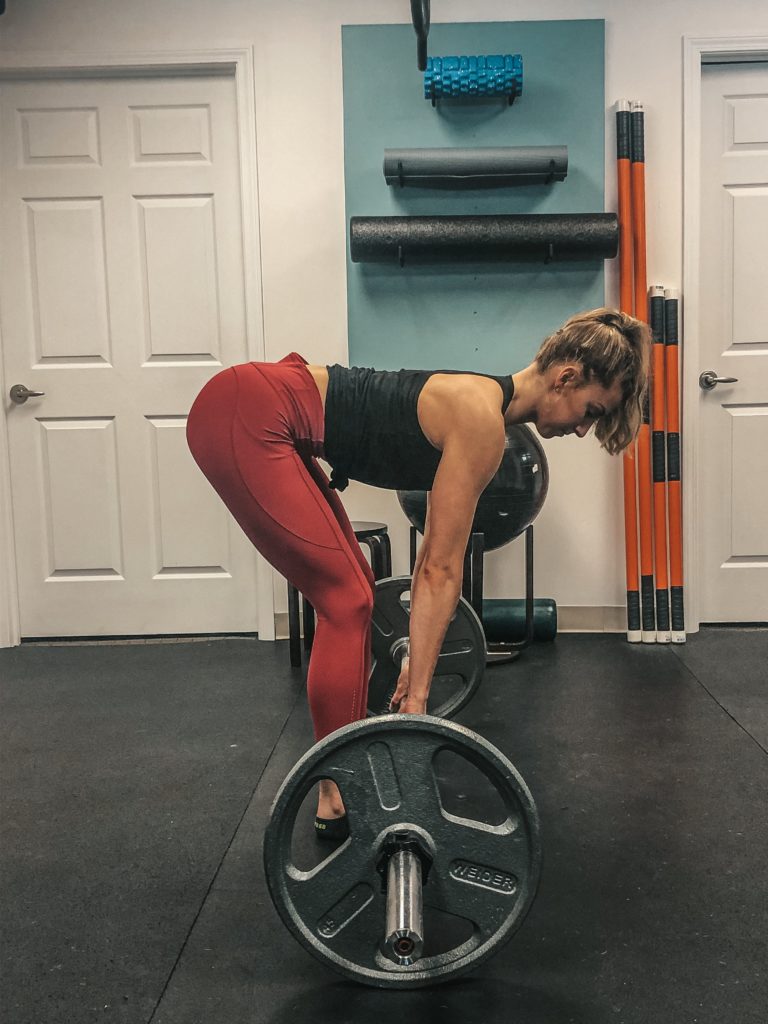
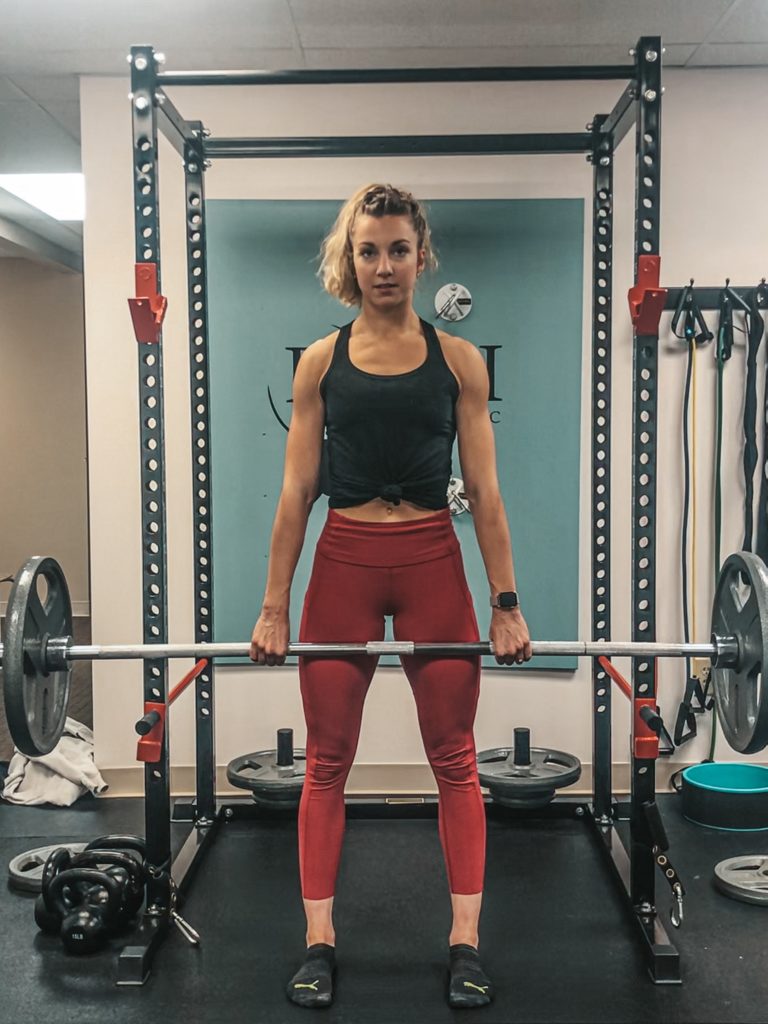
The Pro Tips
Now that your are a deadlift master, lets go over some things that will help you get even better.
Go shoe-less or wear flat soled shoes
Going shoe-less or wearing flat soled shoes will help you keep your body weight distributed properly in the feet and through ground. This will come in handy as you are spreading the floor and pushing the floor away from you.
Chalk-up and mix grip
When it comes time to really load up that bar you will notice your grip may not be able to handle the weight that your body can pull. During these heavy lifts, the use of chalk or a mixed grip can really help you hold the bar. The mixed grip simply means gripping the bar with one over-hand grip and one under-hand grip. Only mix grip when absolutely necessary as to not build muscular imbalances.
Scrape your shins
You are going to want to keep the bar as close to your body as possible. This means pulling that bar directly up the shins. This can be painful, so I recommend wearing leggings, long pants or knee wraps around your shins.
Use a weight belt
I don’t recommend using a weight belt for every lift, however, a belt will help for maximal lifts to give you the extra support you need. Weight belts also allow you to brace your core against the belt and build a higher intra-abdominal pressure than you could without one. This allows for more spinal protection and a decreased risk of injury.
Congratulations – You’ve Mastered The King Of All Exercises – The Deadlift
Keep this guide in mind when starting your deadlift journey. By using the proper form, practicing the variations, and using the pro tips outlined in this article, you will safely build strength and stability that will transcend into your athletic and personal life. Good luck!
Author: Chad Rush D.C. (Founder of Rush Chiropractic Center)




